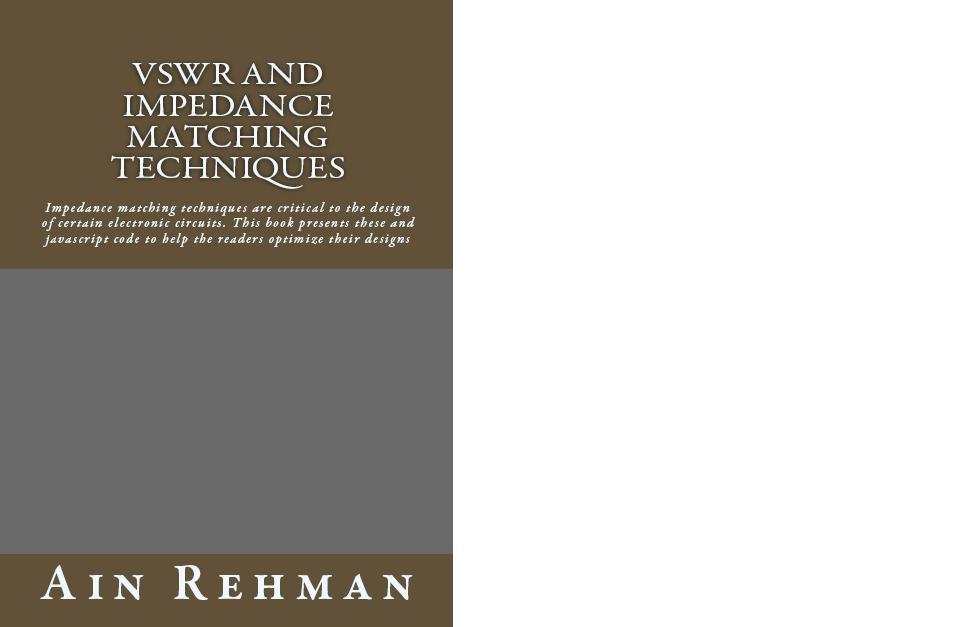Impedance matching is a fundamental task in any EM design or RF/wireless design and implementation. Many a circuit has failed to work satisfactorily because of improper impedance matching.
A book published by Signal Processing Group Inc. and authored by Ain Rehman is now available from Amazon. It deals with quantities such as reflection coefficients, return loss, VSWR, Smith Chart use for impedance matching etc. A set of calculators is also available as shown below.






